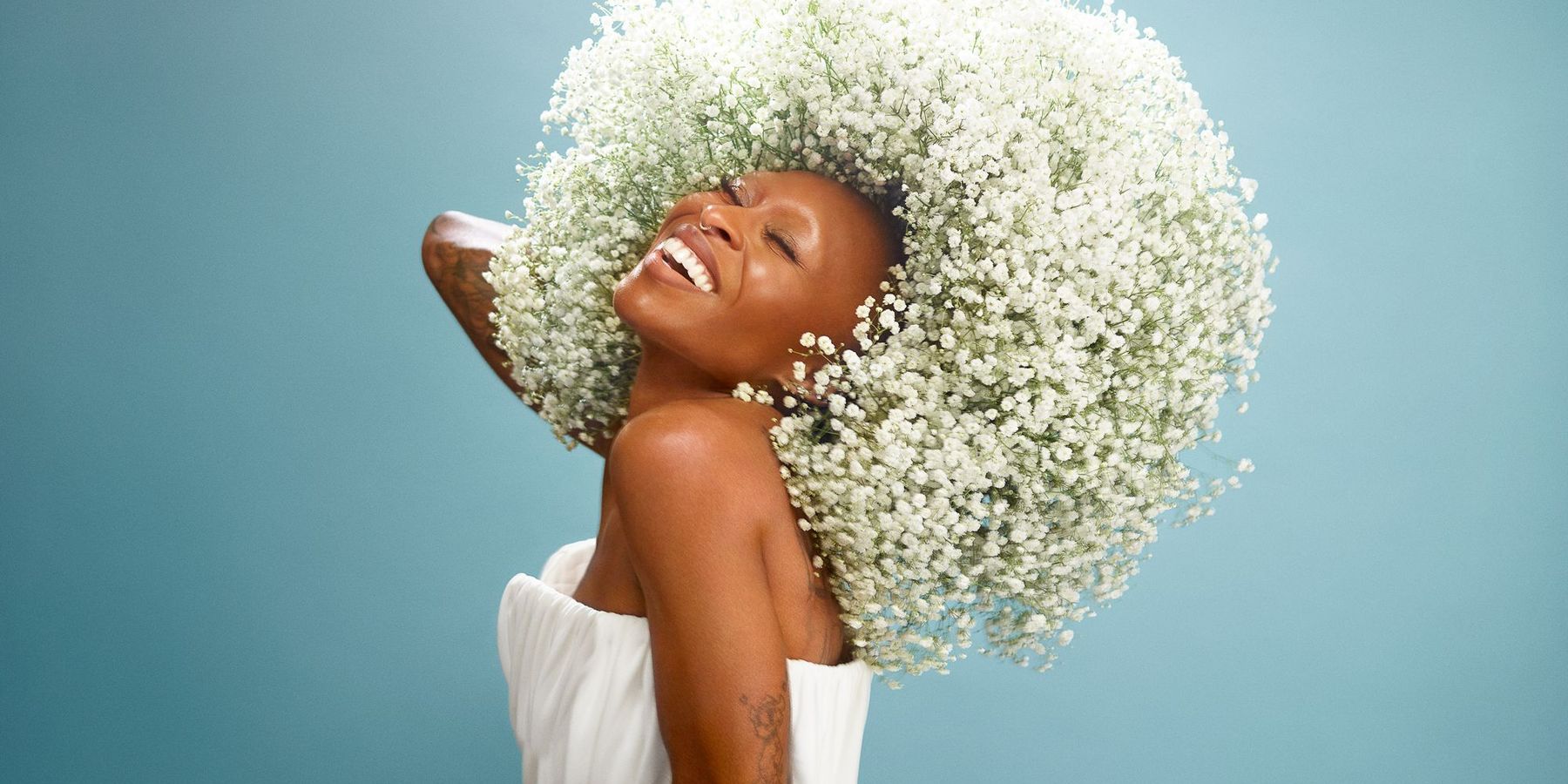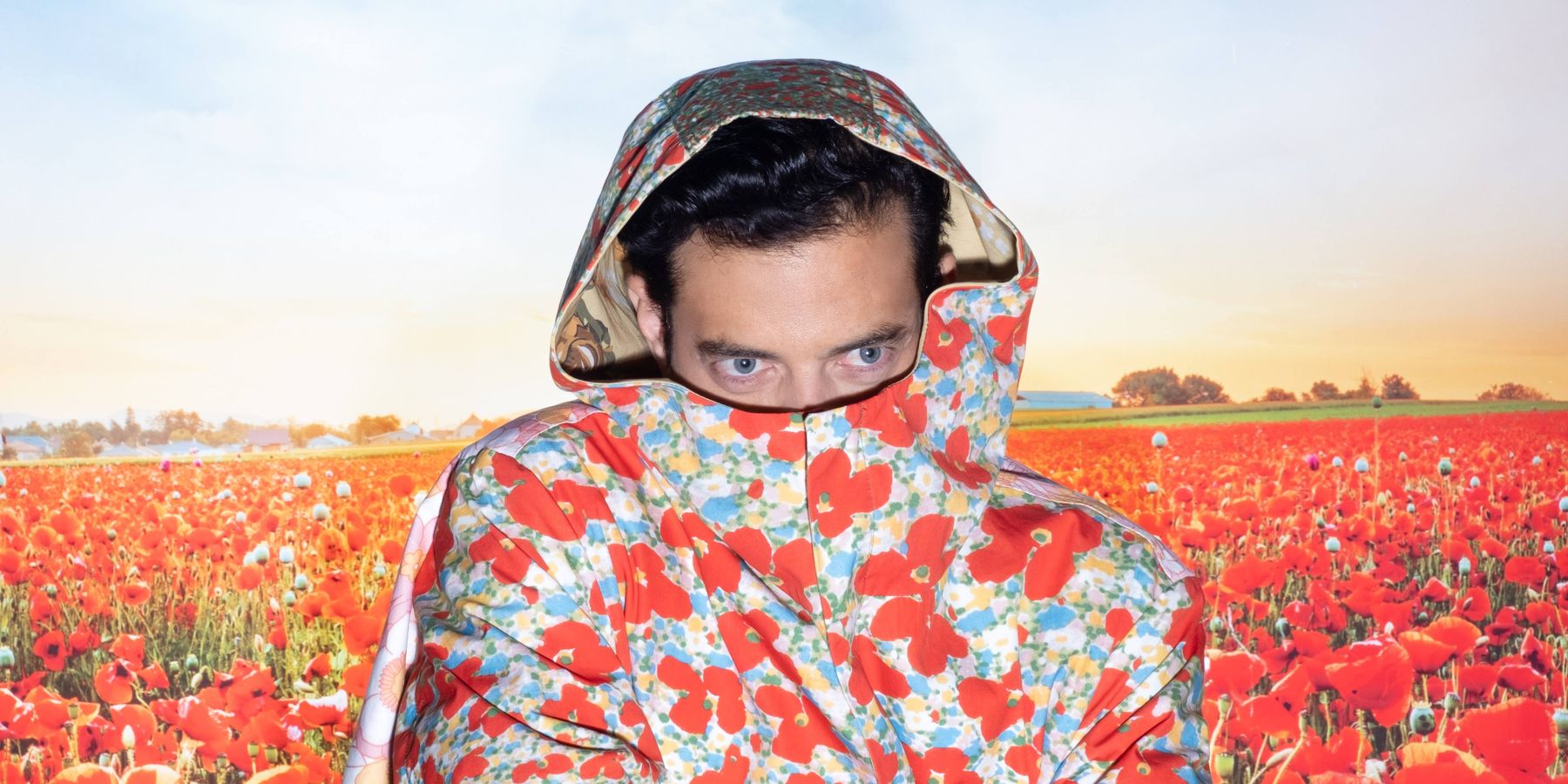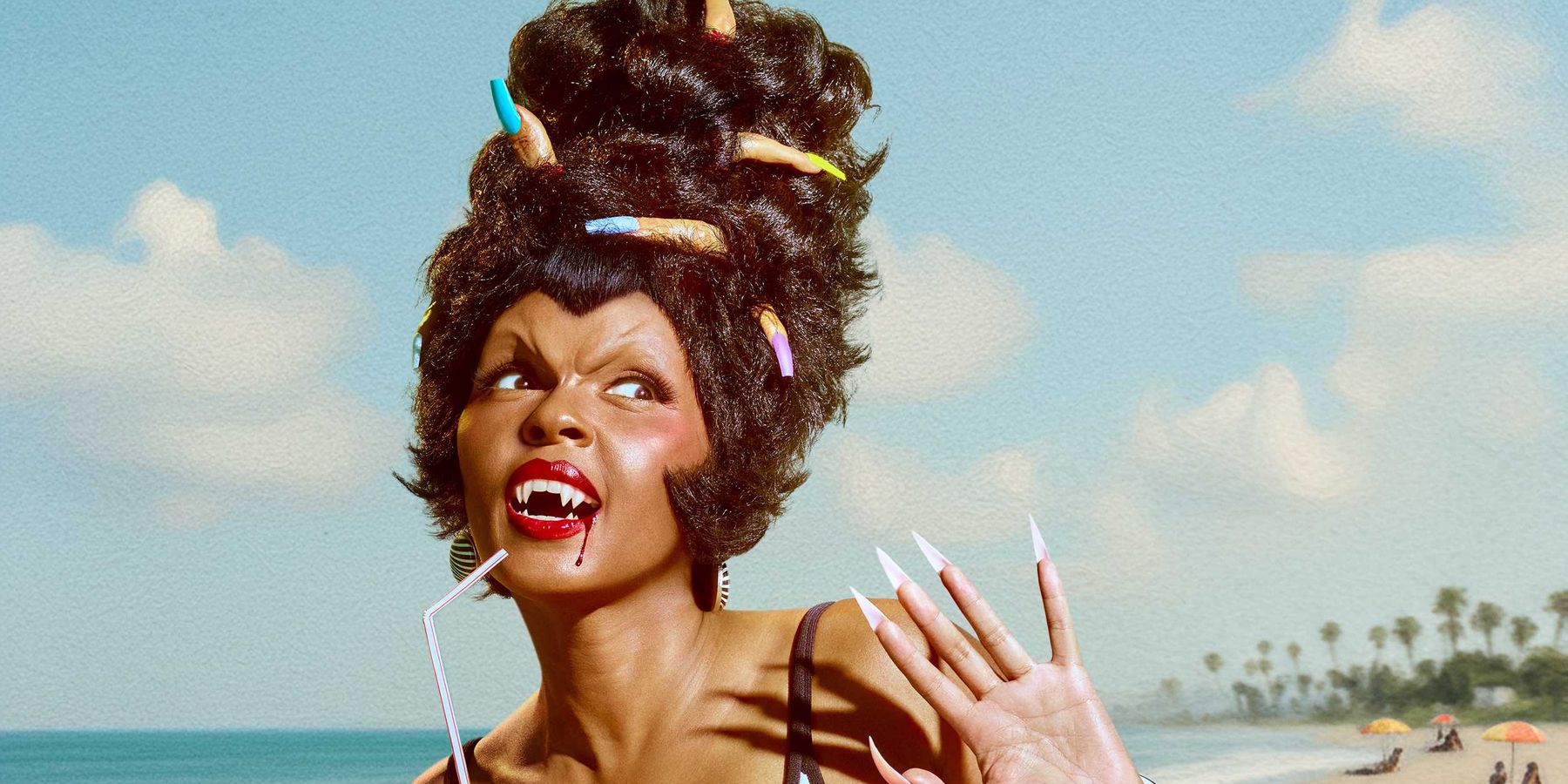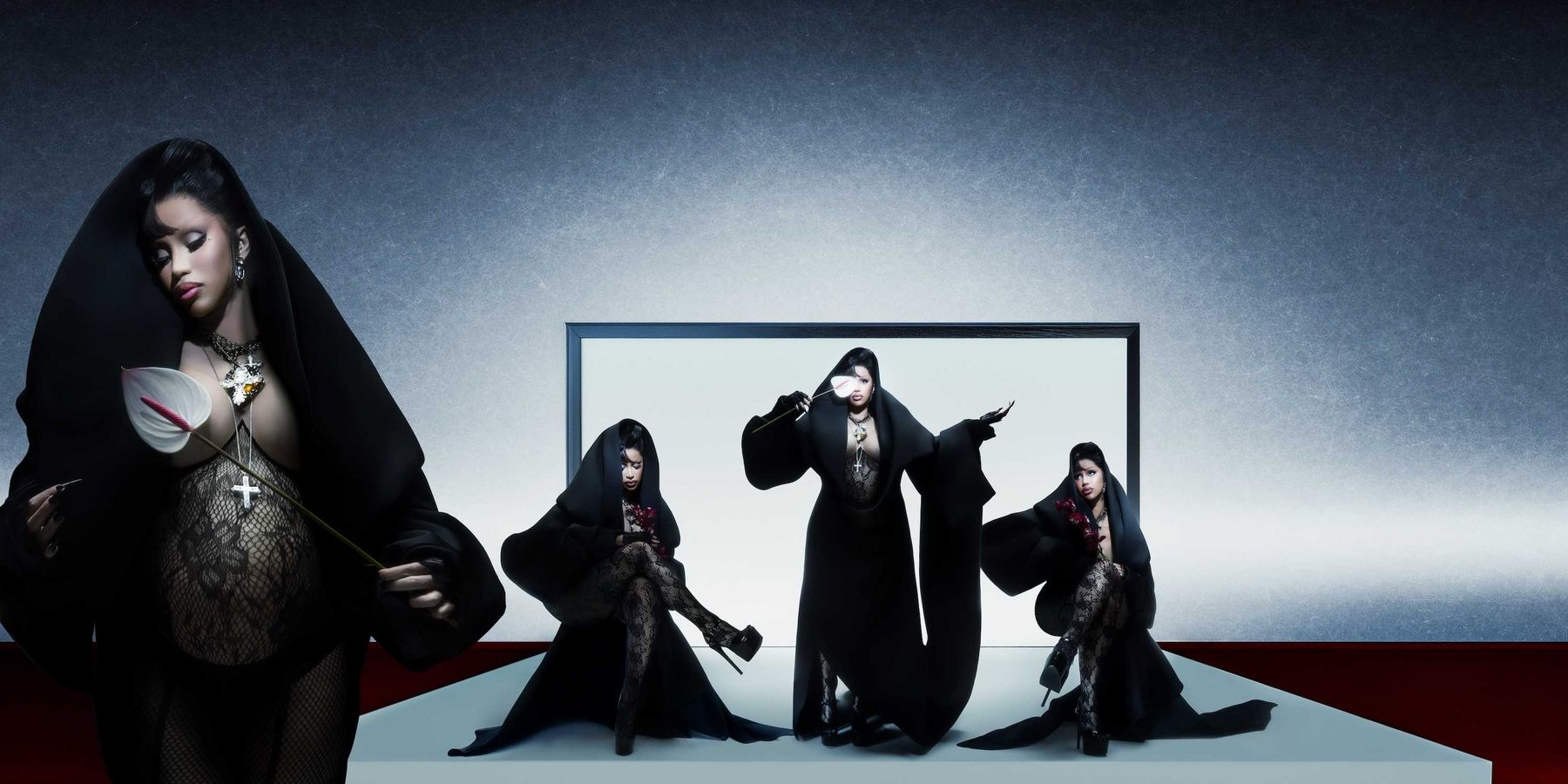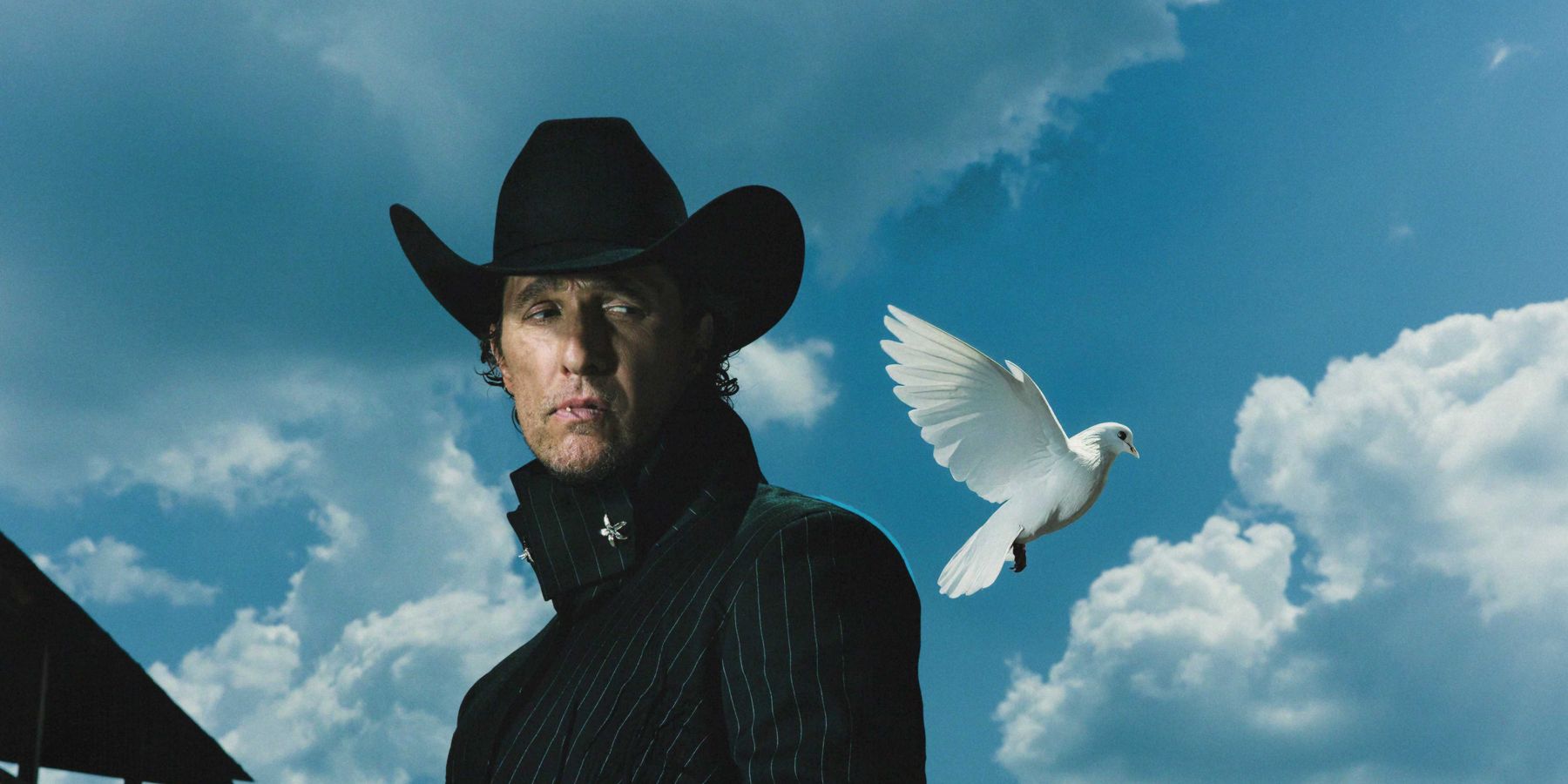
Zac Posen, From Teenage Sensation to Fashion OG
Jun 20, 2025
I first met Zac Posen when he was a 21 year old sensation making his runway debut with a collection that was shockingly sophisticated and polished for someone his age. In the 20 years since then, Posen has had some highs and some lows, but through it all he, and his clothes, have remained sophisticated and polished. He’s worked with every major female movie star and brand in the past 25 years: Target, Brooks Brothers, David’s Bridal, Project Runway and Delta Airlines.
Since early 2024, he’s been Gap Inc. Creative Director, freshening up the brands that have spent recent years in the doldrums. PAPER met Posen at GapStudio, the brand’s NYC headquarters, where Posen works on custom red carpet looks for celebrities like Anne Hathaway and Timothée Chalamet, as well as the elevated GapStudio collection. The day we visited, Zac’s team, many who’ve been with him for years, were putting the finishing touches on a stunning red sequined dress with a white collar and cuffs à la Little Orphan Annie. A few weeks later, the dress turned up on Cynthia Erivo as she hosted the Tony Awards.
With his latest GapStudio Summer Drop collection released today, PAPER caught up with Posen to talk about how he's evolved in his 25-year career, his Downtown New York influences and his vision for GapStudio.
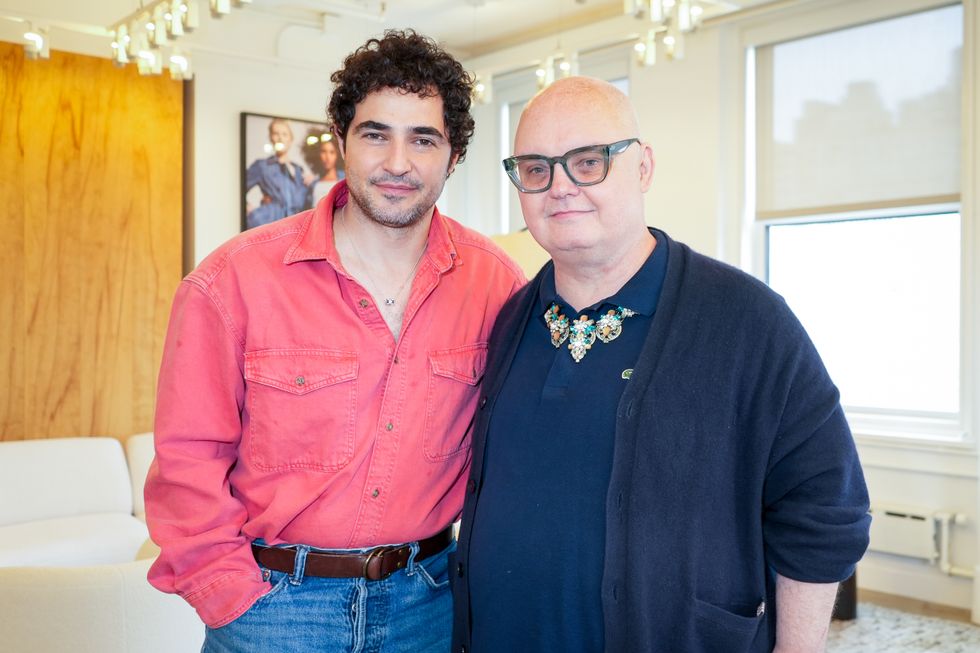
How was the teenage sensation Zac different from today's high-powered Creative Director Zac? And how are they the same?
Well, I think 30-plus years of experience. I think lots of life lessons, lived, experienced. The world has evolved over 30 years, as well, and I think goals change. It was always important to me to have creative dialogue as a conversation starter. That's still the same. I think how one gets there has evolved within me, but it's also evolved within culture at the same time.
I'm still very ambitious and creative and celebratory of life and human character, and I haven't lost that. And championing for individuality and for humanity, right? I still believe in the power of art and creation. I think I'm a more strategic creative provocateur in a different way. When I was younger, it was probably more of an “untrained pony.” I don't know. It's hard to always look back. I think that there was so much excitement when I was just a teen, and it was all so new and exciting — a different time in the world. There's a different kind of frequency when you're a teenager and receiving that kind of attention.
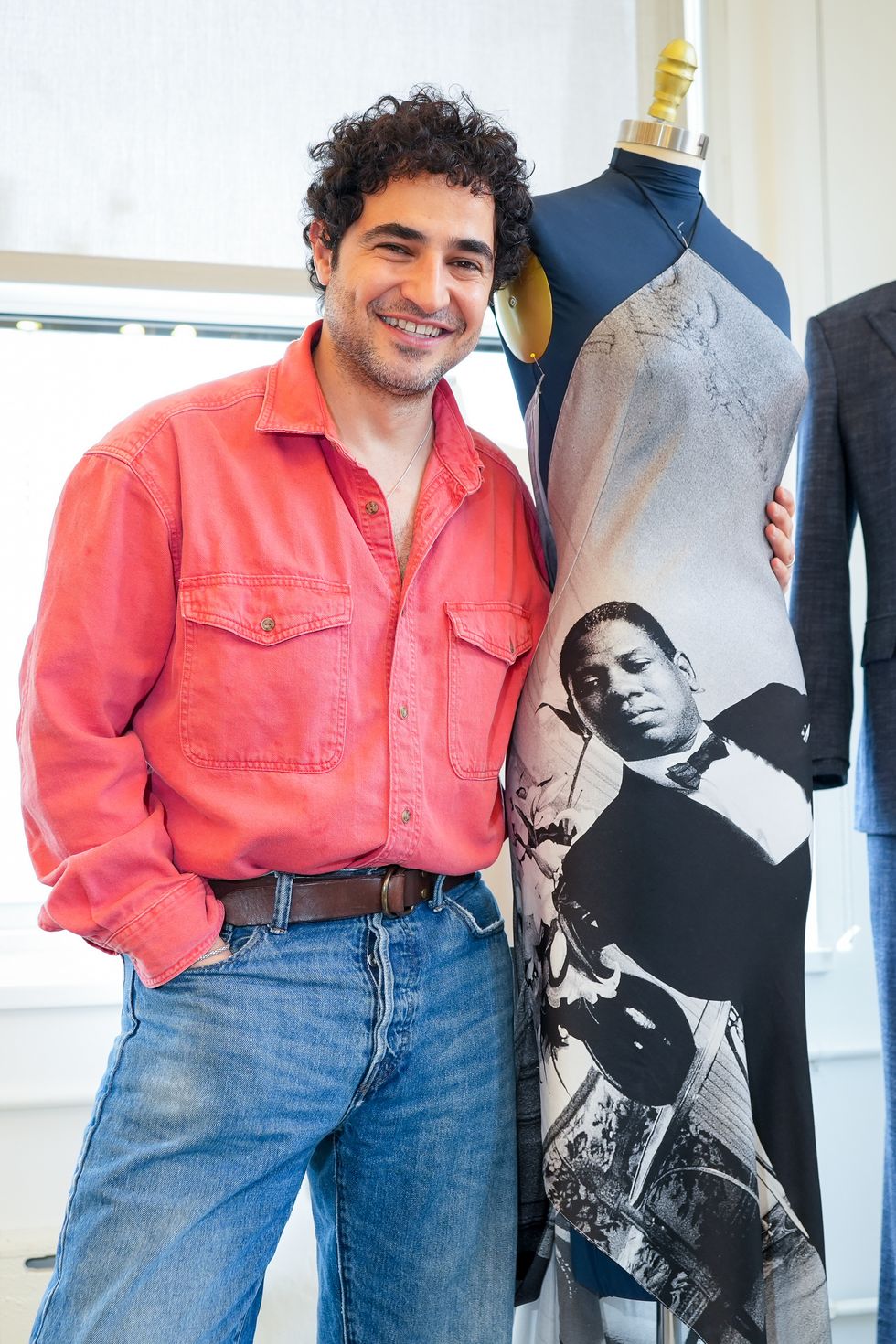
I remember saying at the time of that super young Zac Posen moment, maybe in your first couple shows, was sort of like watching a 1930s Joan Crawford movie where she was playing a secretary, but she was in a stunning gown by Adrian. And I feel like, even with the Gap, there are moments I’m still like, in the best way, "Whoa. What is that?"
This is a very hot fashion moment, even though it's a t-shirt or whatever it is — the glamor of a t-shirt. I love Adrian's gowns. My favorite pieces are when Adrian works in ready-to-wear. They always have been. I love that conversation between the utility of that time period, craft (which was still prevalent) and industrialism that was in place, into the making of clothing. The conversation of women's liberation through glamour was something that's always been really interesting to me, between what was happening in Hollywood with Adrian and Edith Head and what was happening in Paris fashion with Vionnet, Dior, Balenciaga and Schiaparelli. Orry-Kelly in Hollywood, as well. I think there's just an interesting moment in history where the beginning of great American foundational sportswear designers were at play as well. I love it.
I love it too.
That's the kind of stuff that jazzes me. But when I was a teenager, I started with t-shirts and jersey, right? I would take these Nancy Reagan DARE t-shirts, and I would do these slashes on them. I was probably going to PAPER Magazine parties in ‘97. I grew up next to the PAPER offices. They were on Spring Street. I grew up literally a block away.
We were on the second floor at Broadway and Spring so we could lean out to see anyone fabulous who was passing by and yell down at them.
When I was younger, I think it was about a kind of rebellion of bringing glamor into the downtown scene. I was 16 or 17 and very much in that moment of what was happening. I was interning at the Met, and so I was really into the transition of John Galliano from Givenchy to Dior, the heroic shows of Thierry Mugler. I was working at Allan and Suzi (the legendary Upper West Side designer vintage store), so that was my scene. I'd work at the Met and go to work at Allan and Suzi. I'm a Madonna child and a Michael Jackson kid, and musical theater and old movies that my dad recorded, so I felt like it was bringing that kind of glamour. Then I moved to London with its youth culture; it's punk, so I had this downtown street quality thing, and then this London thing that also started bringing in Ossie Clark and Jean Muir. This is pre-Google search. Anyhow, it kind of formed this kind of punk dandy thing living in Bloomsbury that I came back with.
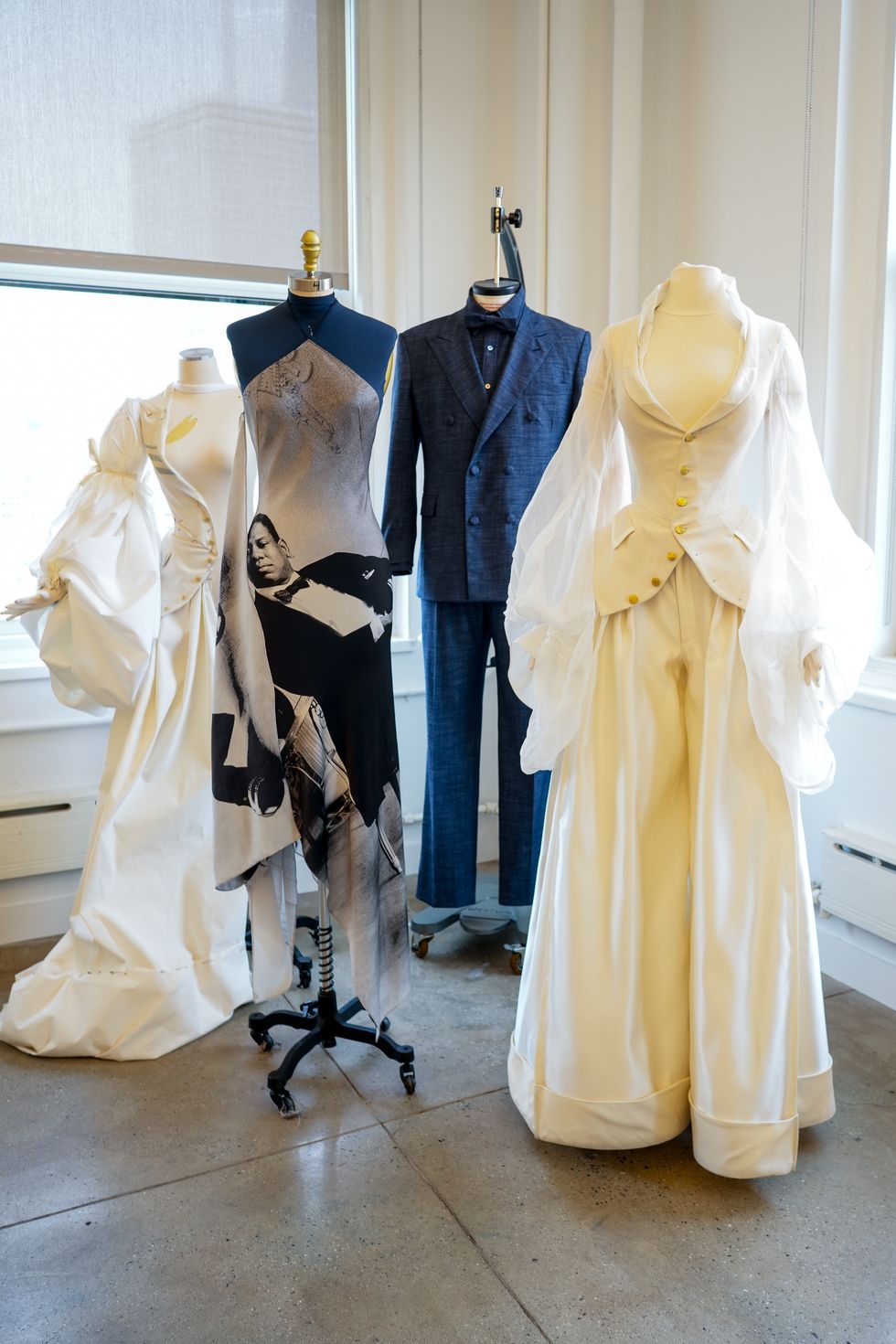
There’s a Vogue business story with the headline, "Zac Is Betting on Celebrities for Success at Gap." You've had amazing viral moments with Timothée Chalamet, Anne Hathaway, Da'Vine Joy Randolph, Renee Rapp. Are celebrities important to you? Are they more important now or less important?
It's a funny question for me. Of course, cultural conversation is important. If it has the impact, it can be as much dressing a celebrity as dressing a person. People are connected to people. I mean, working with other creators is important. I'm definitely not betting on celebrities. That's not what that is. That's like a one-prong approach, and that would be pretty low-hanging fruit. I would say to that it's really about keeping a brand name and evolving an identity to make it surprising and keeping a name or making it more prominent into the cultural conversation, right? That's really what it's about, bringing a brand into culture,
Gap Inc. has one of the most talked about CEOs, Richard Dickson. Did you know about him before you worked here?
I met Richard Dixon pre-COVID, post-my company closing, and we were exploring the idea of making an American Boy doll when he was at Mattel. I wanted to create a little Jewish designer doll, but he was busy making a movie (the global blockbuster, Barbie). Then COVID happened, the world happened, and then we reconnected. It was just a meeting on instinct, and it was a kismet moment. Both of us realized that we have a really good volley here. We understand the importance of business and creativity in terms of brand building and how you have to be really balanced in that.
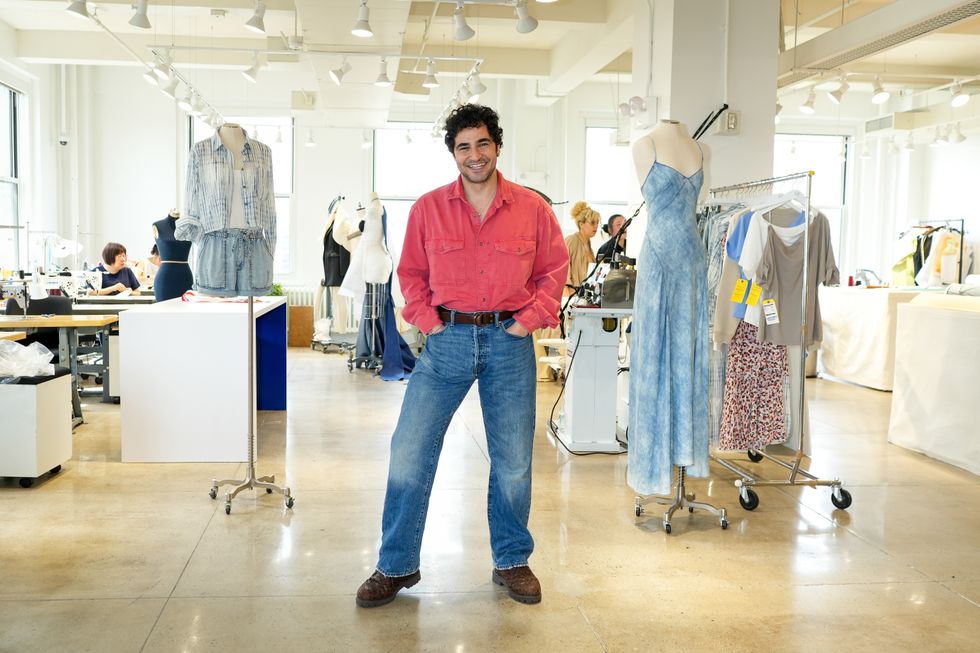
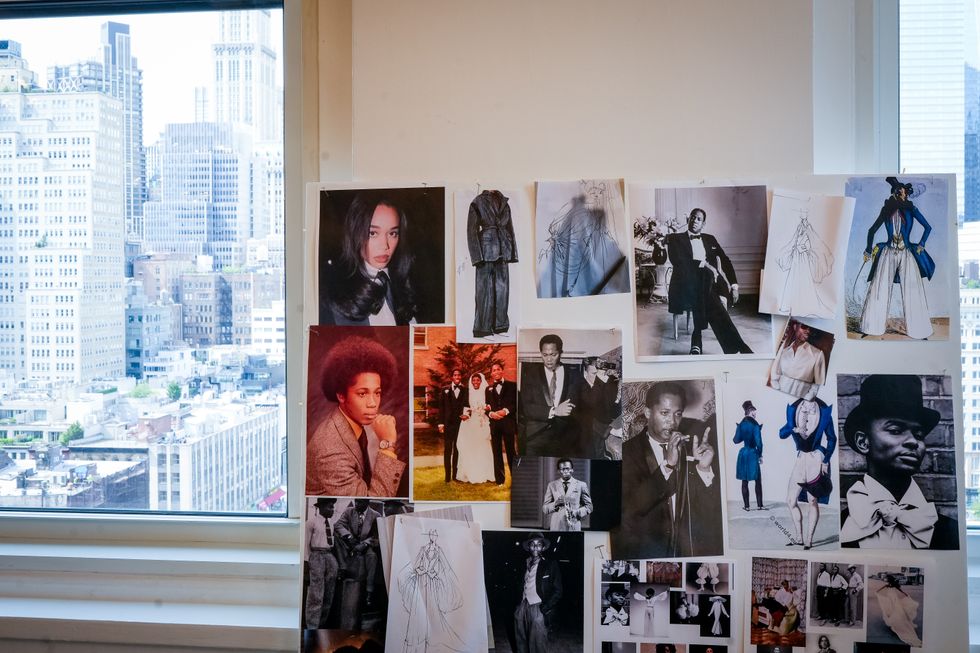
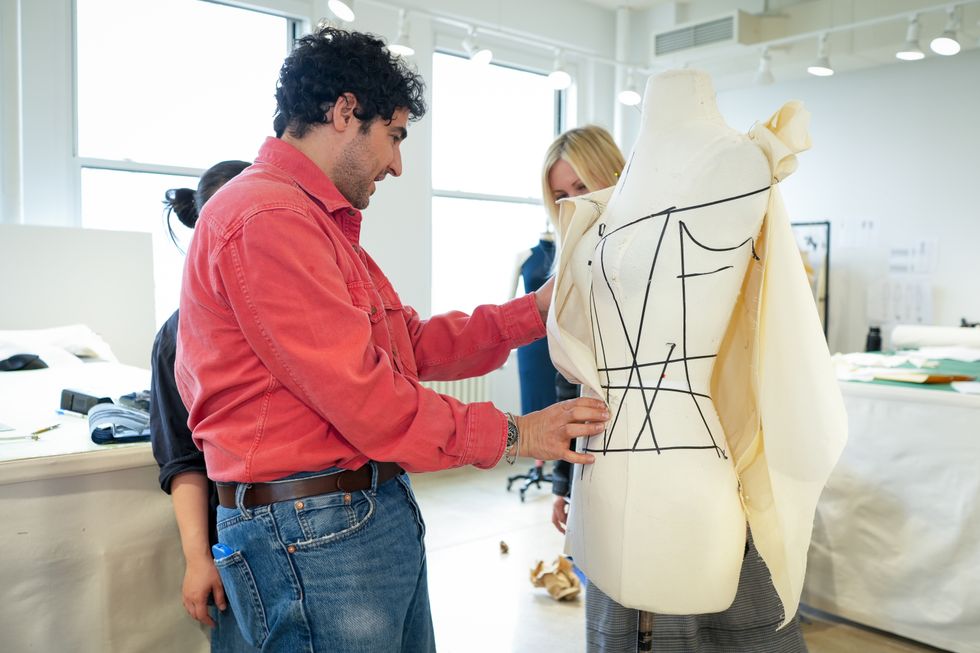
When Gap first called, what was your reaction? Did you think, “I make couture gowns; I don't make khakis?”
You've been to all my shows, and you’ve seen an evolution. I didn't even have gowns, really, in my first shows. I had long dresses, but they were kind of romantic. I had done Brooks Brothers for 10 years, and I'd had secondary lines. I'd done Target in two countries, and I’d definitely done a lot of mass collaborations.
True.
In that moment when I got the call, I was launching a project I'd done with Ryan Murphy, right? I'd done the Swans for Truman's ball scene with the leading ladies, and I was working on one of a kind commissions. I was supporting myself. I was paying my maintenance and my mortgage and figuring out how to live, hustling, doing these kinds of projects, but finding a new kind of balance of life in that moment and figuring it out. When I talked to Richard, he and I were really aligned on our visions, right from the bat.
Todd Oldham was a previous Old Navy creative director. Were you a fan of Todd Oldham,
Growing up, I loved Todd. I'm a House of Style kid. That's definitely a big part of growing up in SoHo. Todd was a part of of American fashion. Downtown for me was Todd, Cyndi Lauper, Pee-wee Herman.
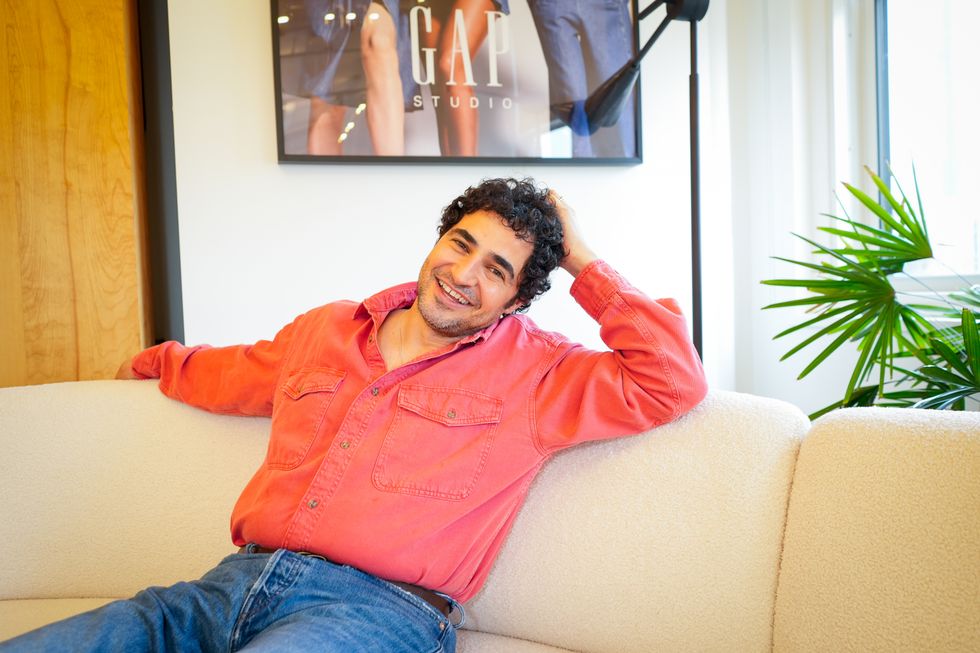
So, what is GapStudio?
It's an atelier where we develop seasonal collections for GapStudio, the highest elevation of the Gap brand. So it is taking all the codes of the house, the fabrications, and putting them through a lens of elevation. That can be elevation through material. That can be elevation through interpretation and technique. But it is a creative hub, and it is a canvas for that creativity within the company and within other potential creators that we can bring in: musicians, designers, an artist. But as any brand that you're building, it's living.
You have to be able to know, like a child or a plant, that you can't control nature in that way. It does have a life that builds. It is also a place where, right now, I'm able to create these cultural moments and highlight the brand that can relate to what's in stores and products, what's coming or like our Met Gala pieces that are in dialog to a cultural moment.
What's the biggest challenge of doing what you're doing now?
Time.
Photography: Marcy Swingle
From Your Site Articles
- Three Creatives Celebrate Queer Joy with Gap and PAPER ›
- Gap and GenderCool Celebrate the Pocket Tee With Zolita and Mykki Blanco ›
- The Most Memorable Zac Posen Gowns of All Time ›
Related Articles Around the Web
MORE ON PAPER
Entertainment
Cynthia Erivo in Full Bloom
Photography by David LaChapelle / Story by Joan Summers / Styling by Jason Bolden / Makeup by Joanna Simkim / Nails by Shea Osei
Photography by David LaChapelle / Story by Joan Summers / Styling by Jason Bolden / Makeup by Joanna Simkim / Nails by Shea Osei
01 December
Entertainment
Rami Malek Is Certifiably Unserious
Story by Joan Summers / Photography by Adam Powell
Story by Joan Summers / Photography by Adam Powell
14 November
Music
Janelle Monáe, HalloQueen
Story by Ivan Guzman / Photography by Pol Kurucz/ Styling by Alexandra Mandelkorn/ Hair by Nikki Nelms/ Makeup by Sasha Glasser/ Nails by Juan Alvear/ Set design by Krystall Schott
Story by Ivan Guzman / Photography by Pol Kurucz/ Styling by Alexandra Mandelkorn/ Hair by Nikki Nelms/ Makeup by Sasha Glasser/ Nails by Juan Alvear/ Set design by Krystall Schott
27 October
Music
You Don’t Move Cardi B
Story by Erica Campbell / Photography by Jora Frantzis / Styling by Kollin Carter/ Hair by Tokyo Stylez/ Makeup by Erika LaPearl/ Nails by Coca Nguyen/ Set design by Allegra Peyton
Story by Erica Campbell / Photography by Jora Frantzis / Styling by Kollin Carter/ Hair by Tokyo Stylez/ Makeup by Erika LaPearl/ Nails by Coca Nguyen/ Set design by Allegra Peyton
14 October
Entertainment
Matthew McConaughey Found His Rhythm
Story by Joan Summers / Photography by Greg Swales / Styling by Angelina Cantu / Grooming by Kara Yoshimoto Bua
Story by Joan Summers / Photography by Greg Swales / Styling by Angelina Cantu / Grooming by Kara Yoshimoto Bua
30 September
